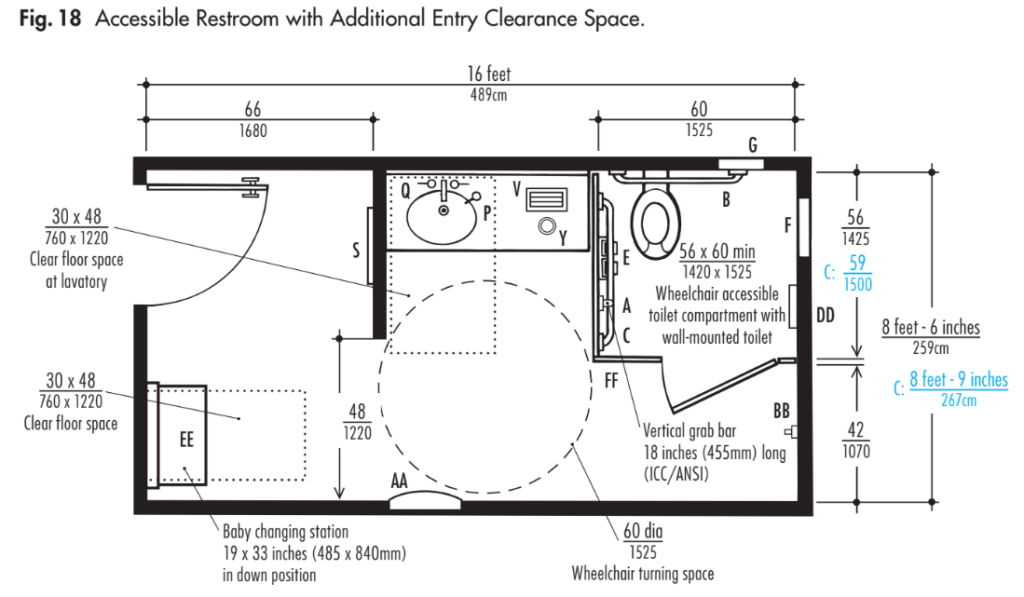
No architect succeeds alone. Behind every great architect is someone who learned, struggled, and grew under the guidance of mentors who provided insight, encouragement, and the confidence needed to excel in the field. Whether through structured programs or informal relationships, mentorship is an invaluable investment in your future and career, shaping both personal growth and professional success. For those just starting in architecture, finding mentors can make all the difference in navigating challenges and unlocking new opportunities. The path to success in architecture is demanding, filled with both obstacles and triumphs. Having a diverse group of mentors, each with their own experiences and insights, provides a broader perspective and valuable guidance. No two career paths in architecture are alike, and mentors can help navigate unique challenges, offering support and encouragement tailored to each individual’s journey.
My career began in a similar fashion, after graduating, I stepped into the architectural field, knowing this was the only path I wanted to pursue. I always worked hard, asked questions, and instinctively understood that persistence would lead to growth. I didn’t lack a vision for my career, I had a clear one from the start. Ever since that initial spark, I knew architecture was my calling, and I recognized the opportunities that would help me advance. However, it wasn’t until I joined a firm where I worked alongside individuals who excelled in their roles, people who knew far more than I did and were eager to share their knowledge, that I fully grasped how mentorship could help me. I never thought of it as mentorship at the time, but that’s exactly what it was. It wasn’t formal, I sought out people who excelled in their roles, built relationships, and learned from them. Once I connected with these individuals, particularly the technical director in the office, my perspective shifted. Even though I was already a project architect, his guidance strengthened my technical abilities and, more importantly, deepened my understanding of the building code, allowing me and many others to excel in our roles. Mentorship takes many forms, and its impact depends on the effort you invest. It becomes most valuable when you have a clear vision for yourself and where you want to be in the years ahead.
4 Types of Mentorship Every Architect Should Tap
Mentorship comes in different shapes. Take it however you find it, here’s what’s out there:
- Firm-Led Programs
Some offices pair you with a veteran, like shadowing a principal on a big build. It’s planned, steady, and gives you a clear guide. - Organic Ties
The best lessons often show up unplanned. Maybe it’s the project manager tweaking your drawings over coffee or a senior dropping a code pointer. It’s casual but sticks. - Peer Know-How
Mentors don’t need decades on you. A coworker a few years in might share a Revit fix or a heads-up on a consultant. It’s fresh and practical. - Reverse Learning
You’ve got tricks too. Teach a seasoned pro Rhino or AI tools, they’ll swap you client tips or big-picture insight. It’s a two-way street.
If We Were Guiding You, Here’s What We’d Hit
Mentorship works when you run with it. As project architects, we’d focus on these seven essentials to make you the ONE, trusted, solid, the go-to.
1. Keep Digging In
Ask questions, always. Use your projects to sort out real problems, like door clearances or fire separation requirements. Check UpCodes first and figure it out. Looking things up builds know-how, soon you’ll know where to turn. Outside work, stay current with AEC Daily courses, LinkedIn Learning, or lunch sessions. Hands-on beats books, so seize every chance to apply what you’ve got.
2. Know the Tools
Revit is the industry standard in architecture, and while project architects may not use it daily, they need to stay familiar with it. Keeping up with progress means being able to step in when needed and provide support. On some projects, a PA may be heavily involved in Revit, but due to its time-intensive nature, it’s often more efficient for junior staff to handle daily modeling while the PA oversees progress. Regardless of your role, understanding Revit is essential, as teams rely on it and consultants coordinate through it. If your focus is design, mastering Rhino is equally important. Other key programs include Bluebeam, the Adobe Suite, Microsoft Excel. Also, stay current on AI and its developments and use within this profession
3. Master the Basics: Stairs and Bathrooms
Every job has them, and they’ll sink you if you’re off. Start here:
- Egress Stairs:- These are primarily dictated by minimum code requirements for life safety. Dimensions, clearances, and placement within a building are highly regulated. While codes may vary slightly by location, the core principles remain consistent. Understanding stair design fundamentals and knowing how to apply regulations is essential.

- Bathrooms: Their design is guided by minimum code requirements for plumbing fixtures and accessibility. It’s important to understand how to determine the required quantity and types of fixtures, clearances, and the differences between single and multi-use bathrooms. Mastering these fundamentals and applying them to specific projects is essential.(https://www.bobrick.com/pgar/) Stairs and bathrooms may seem straightforward, but they involve critical design decisions. Stairs, in particular, can be challenging to model in Revit, so understanding both the software and the relevant code requirements is a valuable skill.

4. Crack the Code
Nearly every design decision is influenced by building codes, zoning laws, and accessibility requirements. The few listed here are just the basics, building codes cover an extensive range of regulations. The ability to reference and interpret these codes takes time, and the more you engage with them, the better you’ll become. Whether reviewing clearances, occupancy limits, or fire safety measures, developing this skill will make you a more capable and knowledgeable architect.
5. Understand Your Consultants
You may be familiar with them by their service, but understanding the specifics of their work and deliverables will make collaboration more effective. The more you know, the better you can communicate, anticipate their needs, and ensure their contributions align with project expectations, especially during design and coordination.
6. Get Licensed
If you’re not registered, start now. The ARE exams get harder to tackle the longer you wait, carve out time to study and knock them out. LEED AP’s worth it too; GA’s a start, but AP shows you’re serious. Firms notice, titles like associate often need that license. Don’t put it off. Check out Black Spectacles for practice tests, Young Architect for study tips, or GBRI for sustainability certs to round it out.
7. Push Sustainability
This topic needs no introduction, but if you haven’t prioritized it, now is the time. As architects, we have a responsibility to integrate sustainable design into our work and to educate clients on its importance. The more we embrace sustainability, the greater impact we can make on the built environment.
Why Mentorship Matters
Here’s the thing: mentors don’t just teach, they show you how to own it. That technical director didn’t hand me a codebook; he walked me through an egress fix until I could do it alone. That’s the difference, someone who’s been there pointing the way. And it’s not one-sided. You’ll guide others too, juniors, peers, even seniors leaning on your Revit skills.
AI’s around now, tossing out quick answers. It’s useful, ask it about stair widths, but it’s not perfect. Check real sources. Human mentors bring what tech misses: context, instincts, hard-earned lessons. Firms that prioritize this keep people longer, build stronger teams, and mix seasoned know-how with fresh thinking.
Take It and Run: Be the ONE
Mentorship’s your path to standing out. It’s not about waiting for a tap on the shoulder, it’s seeking it, grabbing every bit of insight, and acting on it. Ask one question today. Sort one code section. Connect with one pro ahead of you. That’s how you become the ONE, the architect others turn to, respect, rely on. You’re ready.
Further Reading
Want more on mentorship? Here are some solid picks to keep you going:
- AIA Guides for Equitable Practice: Mentorship and Sponsorship – A deep dive into mentorship’s role in architecture, with a focus on fairness and growth (AIA, November 2024).
- The Power of Mentorship: How Mentors Can Help Employees Grow and Succeed – Forbes breaks down why mentorship works, with tips adaptable for architects (March 2023).
- A Better Approach to Mentorship – Harvard Business Review explores “bridge mentorships” to connect diverse pros, great for broadening your network (June 2023).
- Mentoring Matters: Three Essential Elements of Success – Forbes lays out what makes mentorship click, with practical steps for both sides (January 2019, still relevant).
Be the ONE